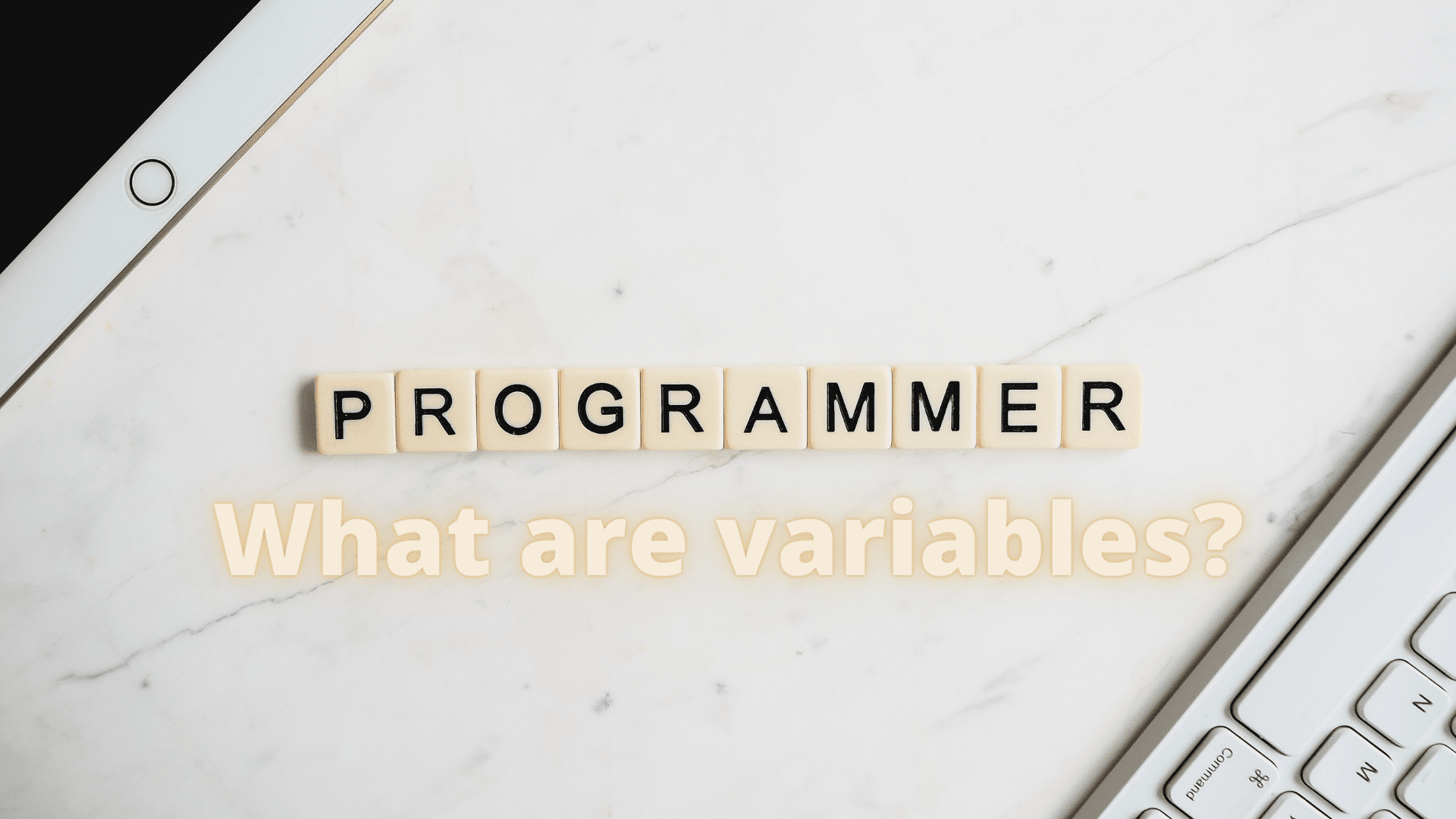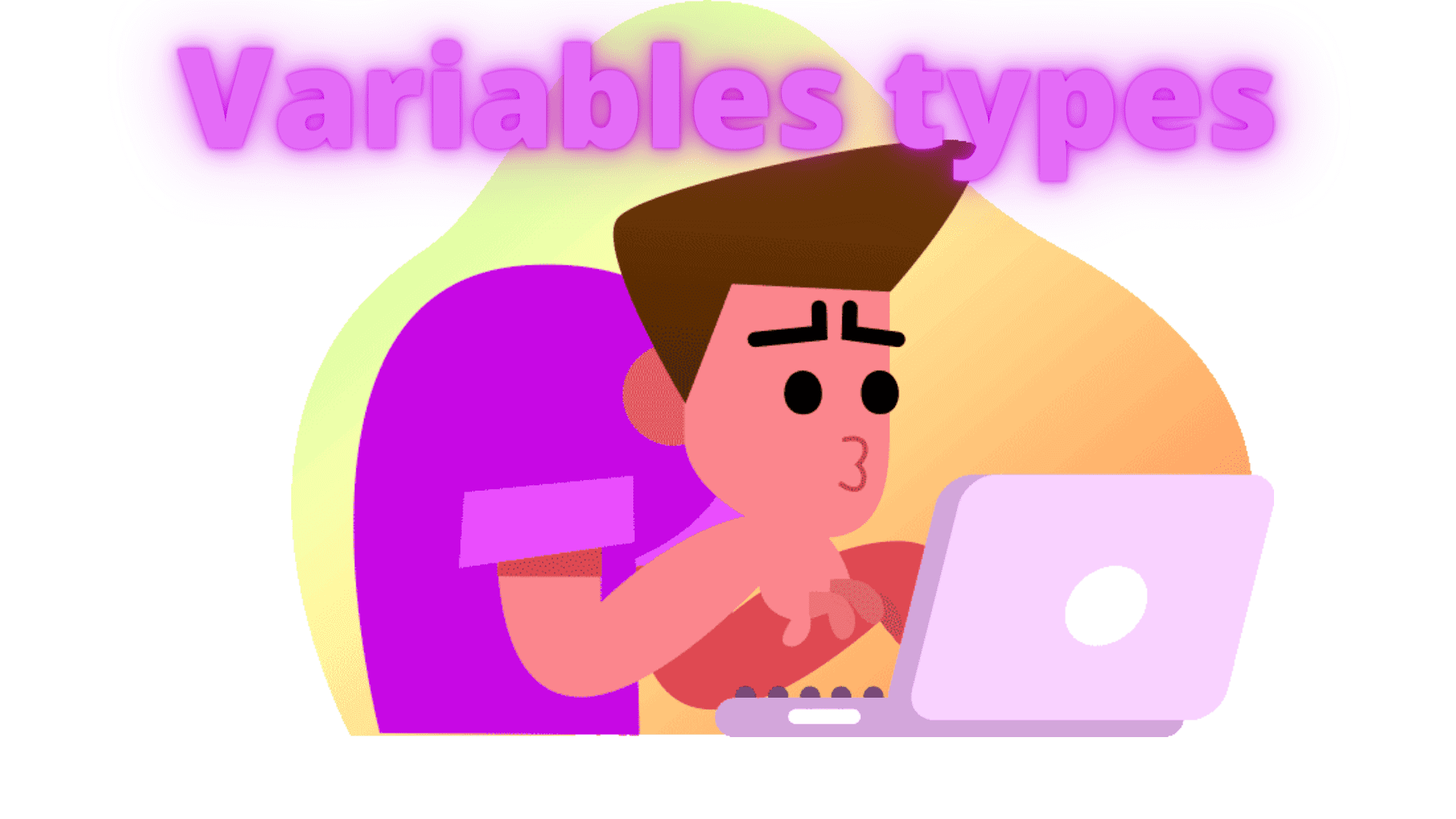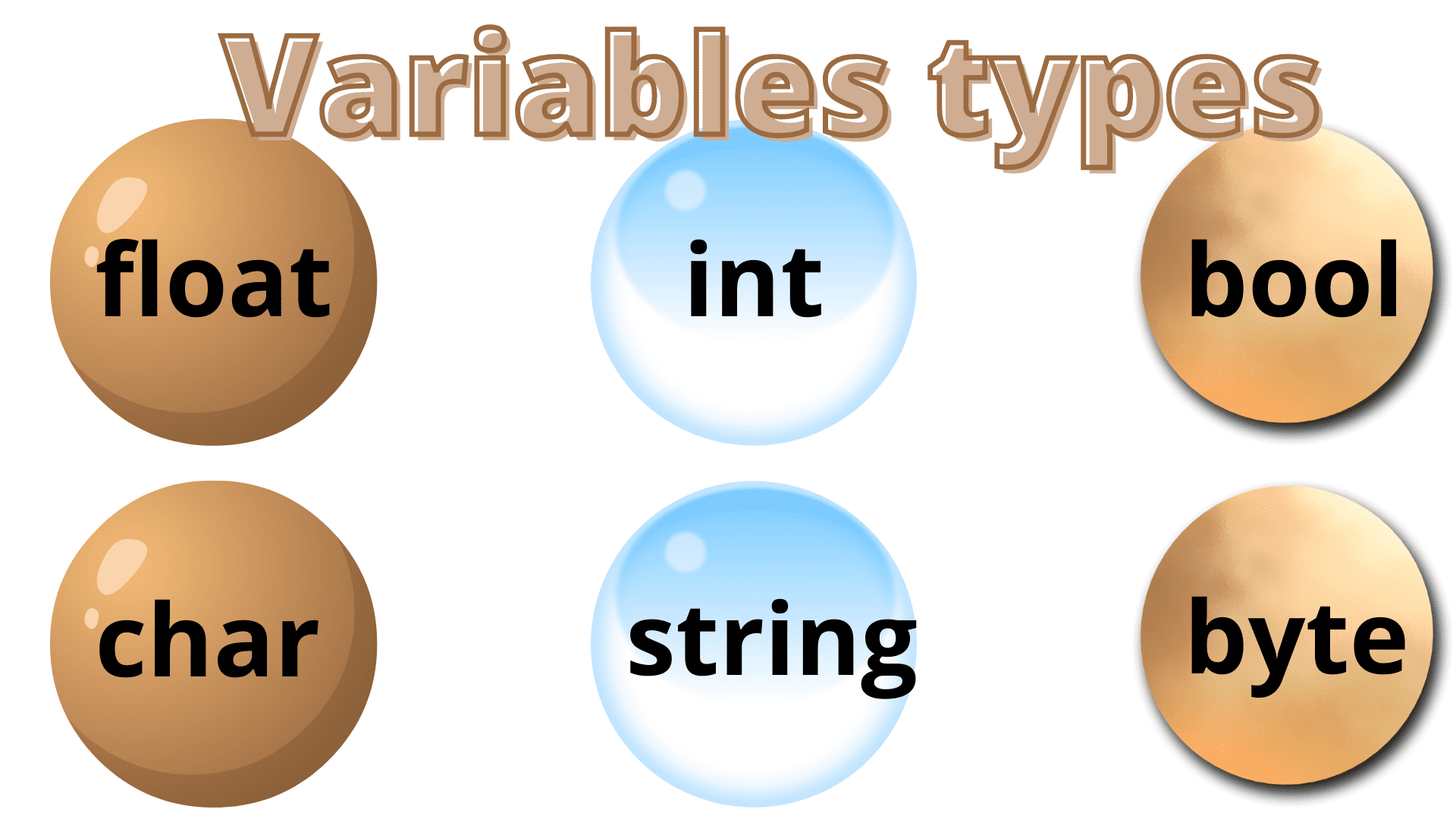Introduction
The lesson in this article deals with The Types of variables For Arduino. The study includes identifying variables, their types, and their operations.
What are variables?

Variables are the building blocks of our world. They are what makes everything in the universe so diverse and exciting.Variables are one of the essential concepts in computer programming. They significantly impact how a program runs and what it does. You need to know that they can store any data, including numbers, letters, or even words, to understand variables.Variables are temporary storage of data in memory to handle it during the execution of a program.Variables are the values that can change as a program is running. A variable can be any name that does not contain spaces.There are three kinds of variables:
Static Variables
Static variables do not change during a program’s execution.
Dynamic Variables
These variables do change during a program’s execution.
Constants
These variables cannot be changed during a program’s execution.
Caveats
The variable does not start with a number, symbol, or reserved name.
Variables types
There are many variables, and here are the most important ones.

int
The int represents the integer data type in a programming language.int is a primitive data type, and it can store integers without any fractional component.The int can declare variables, constants, and arrays of integers.The int variable is an integer value ranging from approximately -32700 to +32700. The number of data equals 2.
float
The float variable is a data type that stores decimal numbers. It can store any number with a decimal point.The float variable is a data type that can store numbers with decimal values.The following example shows how to declare and initialize a variable of type float:float pi = 3.14;float radius = 2.5;float circumference = pi * radius * 2;The number of data equals 4.
byte
A Byte is a variable that accepts a small integer value from 0 to 255. A byte variable is a data type that can store any 8-bit value.Byte variables are the most basic type in the C programming language. They are used for storing small integers. The number of data equals 1.
bool
bool is a variable with only one of two states, 0 or 1 (LOW, HIGH). Boolean variables store one of two values – true or false. They are often used in conditional statements to control code execution flow. The number of data equals 1.
long
It is a variable with a large number consisting of many digits. long capable of containing at least the −2,147,483,647, +2,147,483,647. The number of data equals 4.
char
char variable is a type of variable that contains a single character.char variables are used to store only one character in memory. They are declared using the char keyword.A char variable can be assigned any ASCII value, including space, newline, and tab. The number of data equals 1.
string
Strings are a type of variable that is used to store text. They can be used in many different ways, such as storing a person’s name or the title of a book.Strings can be made by using the “string” keyword and assigning a value to them. For example: string myName = “Sami”;

Encoding ASCII
We often need a coding system to use letters, words, and numbers. Therefore, there is universal agreement on a single coding system to express all the symbols used in writing.ASCII stands for USA Standard Code for Information Interchange. It is a standard that assigns values to different characters in the English alphabet and other symbols.The ASCII table contains 128 characters, from 0 to 127.
Global and local variables
Variables are an necessary part of any programming language. They allow us to store and manipulate data in different ways. Variables store information that can change over time; we can store the temperature or a person’s age in a variable.
Local variables
The local variable is only available within a single function or subroutine and cannot be accessed outside of it.
Global variables
The global variable is one that is available for use anywhere in the program. This means that it can be accessed by more than one function or subroutine.Usually, within the class void loop(){}, we declare a local variable.
Operators
In order to deal with variables and perform operations on them, etc., we need to monitor these operators.
Arithmetic Operators
the arithmetic operator is used to doing arithmetic operations.An arithmetic operator performs mathematical operations such as addition, subtraction, multiplication, and division on numerical values (constants and variables).
+ Addition
Addition is a math problem that includes the following:A + B-2 + 3 =-5 + 2 =-4 + 6 =+8 + 3 =+11 + 9 =
– Subtraction
Subtraction is a mathematical process in which we take away a number from another number. The result of subtraction is called the difference. When we subtract two numbers, the result is always less than or equal to the original numbers.A – B-2 – 3 =-5 – 2 =-4 – 6 =+8 – 3 =
* Multiplication
Multiplication is an elementary arithmetic operation for multiplying two numbers. The result is the number of times one number is multiplied into another. 5 × 6 = 30. In mathematics, multiplication is commutative and associative, meaning that order does not matter and that there are no special cases where two multiplications result in different products: 5 × 6 = 6 × 5 and ( 5 × 6 ) × (6 × 5) = ( 5 × 6 )×( 6 × 5 ).
/ Division
The division is a mathematical operation in which two numbers are divided to produce a quotient and a remainder. The division is the inverse of multiplication. For example:15 / 3 =
% Modulus (remainder)
The modulus operator is represented by the symbol “%”. The % sign can be used in any expression, and it will always return the remainder of dividing two numbers. For example, if we divide 11 by 3, the result will be 3 with a remainder of 2.
Logical Operators
&& operators
&& operators are used to merge two boolean expressions.&& is a logical operator that can be used to combine two boolean expressions. It’s most commonly used in conditional statements such as an if statement, but it can also be used in different places, such as with loops and switch statements.&& is often called the “and” operator because it returns true only when both operands are true. If one or both operands are false, then && will also return false.
|| operators
The || operator is a logical operator that can be used to combine two or more conditional expressions. The logical OR operation will return true if one or more of the conditions is true.
! operators
! operator is used to complementing the condition underneath consideration! returns false when a condition is false and vis versa.
Relational Operators
Comparison operators are used to compare two numbers.Comparison operators are used to compare two numbers. These operators are used in programming languages like C, C++, and Java. They are also found in most programming languages ( Python and JavaScript, among others)Comparison operators are used for different types of comparisons, such as:
- Equality comparison ( == )
- Greater than comparison ( > )
- Less than comparison ( < )
- Less or equal to comparison (<= )
- Greater or equal to comparison ( >= )
- != not equal comparison( != )
Assignment Operators
= operator
Assignment operators are used to assign values to variables. The following assignment operator is used to assign the value of a variable. x = yvar x = 15;var y = 20;x = y; // x now has value 20
+= Operators
B += A is equivalent to B = B + A
-= Operators
B -= A is equivalent to B = B – A
*= Operators
B *= A is equivalent to B = B * A
/= Operators
B /= A is equivalent to B = B / A
%= Operators
B %= A is equivalent to B = B % A
Variable and arduino projects
A variable is where to store data in Arduino project code. The variable has a type, name, and value.These are examples of the uses of variables in the codes of Arduino projects.
First example
int firstpin = 3;void setup(){pinMode(firstpin, OUTPUT);}void loop(){digitalWrite(firstpin, HIGH);}
Second example
void setup(){int firstpin = 9;pinMode(firstpin, OUTPUT);digitalWrite(firstpin, HIGH);}
Third example
const int firstLed= 13; void setup() {pinMode(firstLed, OUTPUT); Serial.begin(9600); }void loop() {digitalWrite(firstLed, HIGH); delay(700); digitalWrite(firstLed, LOW); delay(700); }

Conclusion
The Arduino is an ideal platform for learning about electronics, programming, and hardware hacking. It’s an inexpensive and open-source, single-board microcontroller that can be used to control physical objects. Arduino is a programmable system using the C and C++ programming languages. Variables are an essential part of the programming language used in Arduino programming. The most significant variables used in programming are int, byte, bool, char, string…
